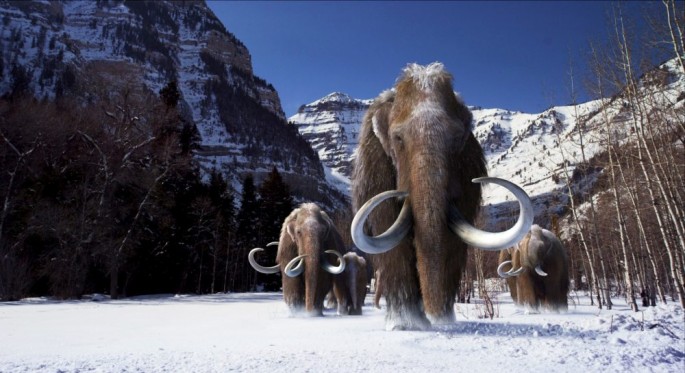The last of the woolly mammoths disappeared some 5,600 years ago due to lack of water resources according to this new study.
In North America and Asia, woolly mammoths became extinct some 10,000 years ago, however, some populations remained in smaller islands between Alaska and Siberia known as the Bering Land Bridge which also disappeared eventually due to rising sea levels.
Remains of the mammoths found on St. Paul island which is 400 miles north of the Aleutian Islands, suggest that the ancient beasts walked the earth some 6,500 years ago, however, the cause of their extinction is still unknown not until this new study.
Scientists from Pennsylvania State University have determined the real cause of their extinction after taking samples of sediment cores from St. Paul Island. The team then examined DNA evidence from these sediment cores and obtained their radiocarbon dating.
According to co-author of the study, professor of geosciences Russell Graham of Penn State, the mammoths used to live in a lake habitat, where they bathed in it and even laid waste on it, as DNA evidence settled on the lake bed.
After examining the sedimentary DNA from the lake, researchers identified that the mammoths disappeared some 5,600 years ago where fungal spores within those sediment cores have sprouted from animal feces. The remains were dated back to 5,530 years ago as well.
In order to identify the cause of their disappearance, scientists examined markers within the sediment cores, such as micro organisms living that time in the lake, as well as ancient lake conditions. They also found out the oxygen ratios over time, where between 5,600 to 7,850 years ago, the lake transformed into a saltier, more shallow and murkier body of water.
Since sea levels were also rising due to melting glaciers, the island was shrinking and the lakes became shallower, forcing the mammoths to migrate and rely on scarce water supply, adds Graham. Eventually, the conditions became too harsh, which led to shortage of freshwater that ultimately wiped out the last of their populations.
This new study is published in the journal, Proceedings of the National Academy of Sciences.



























